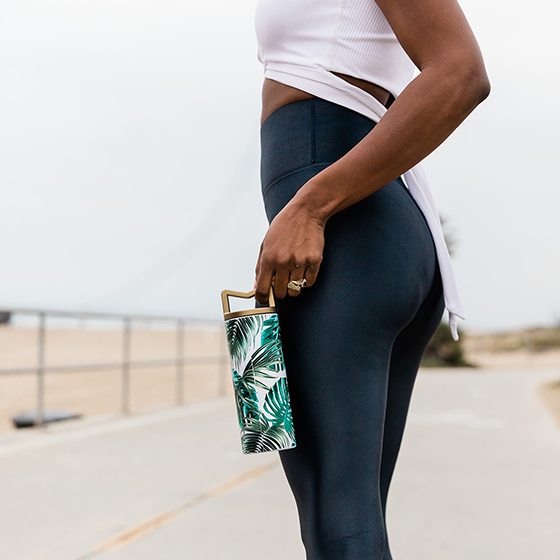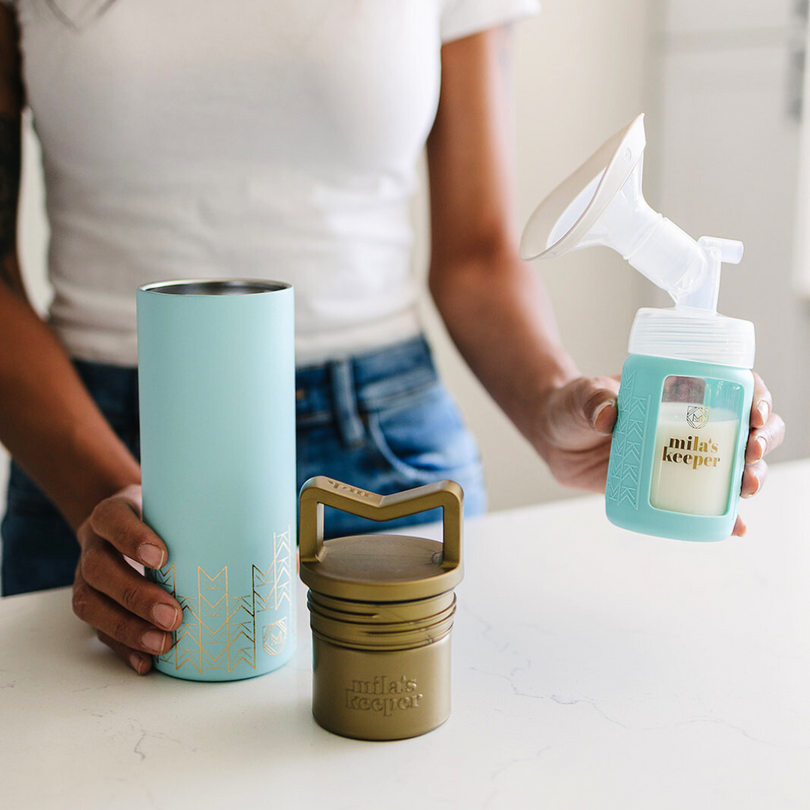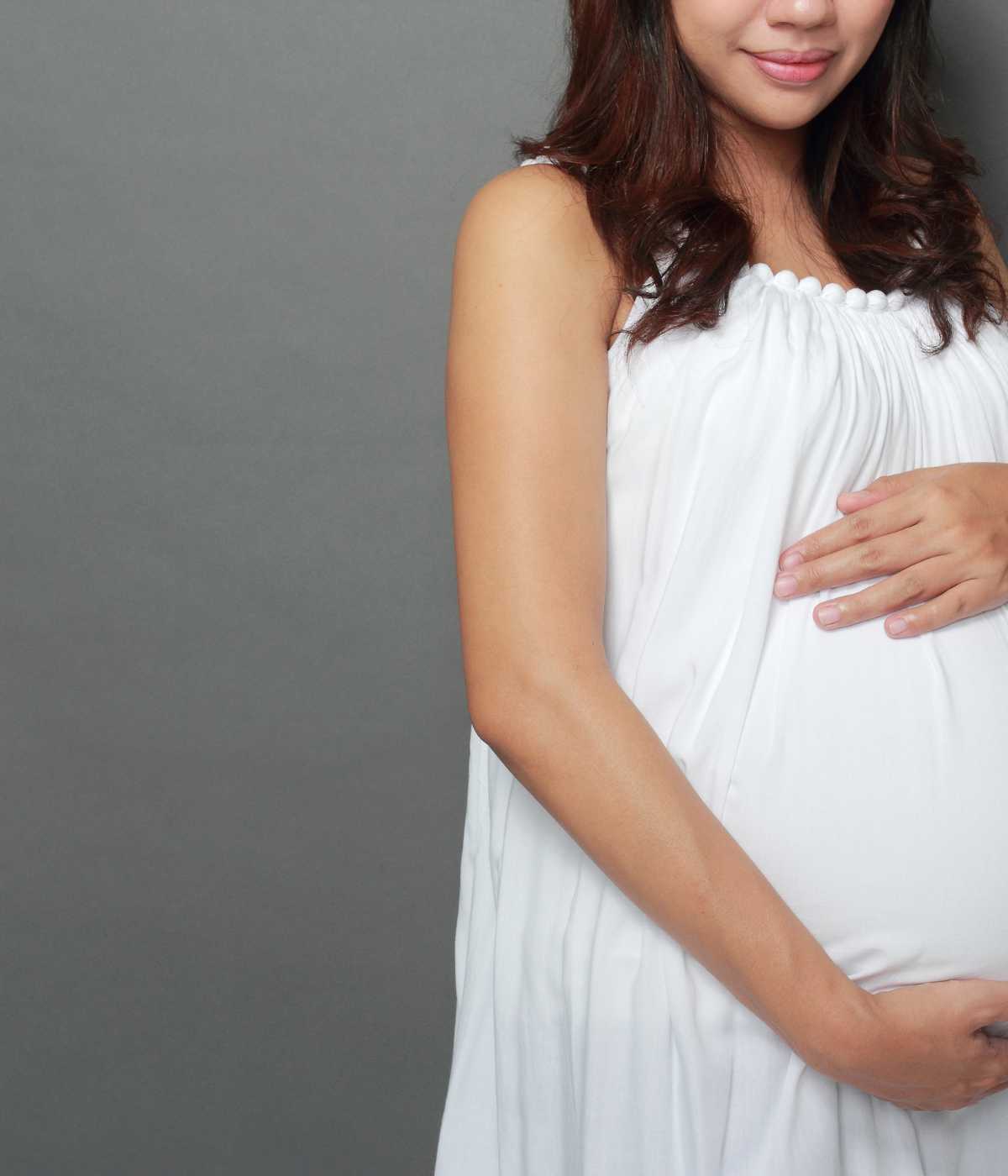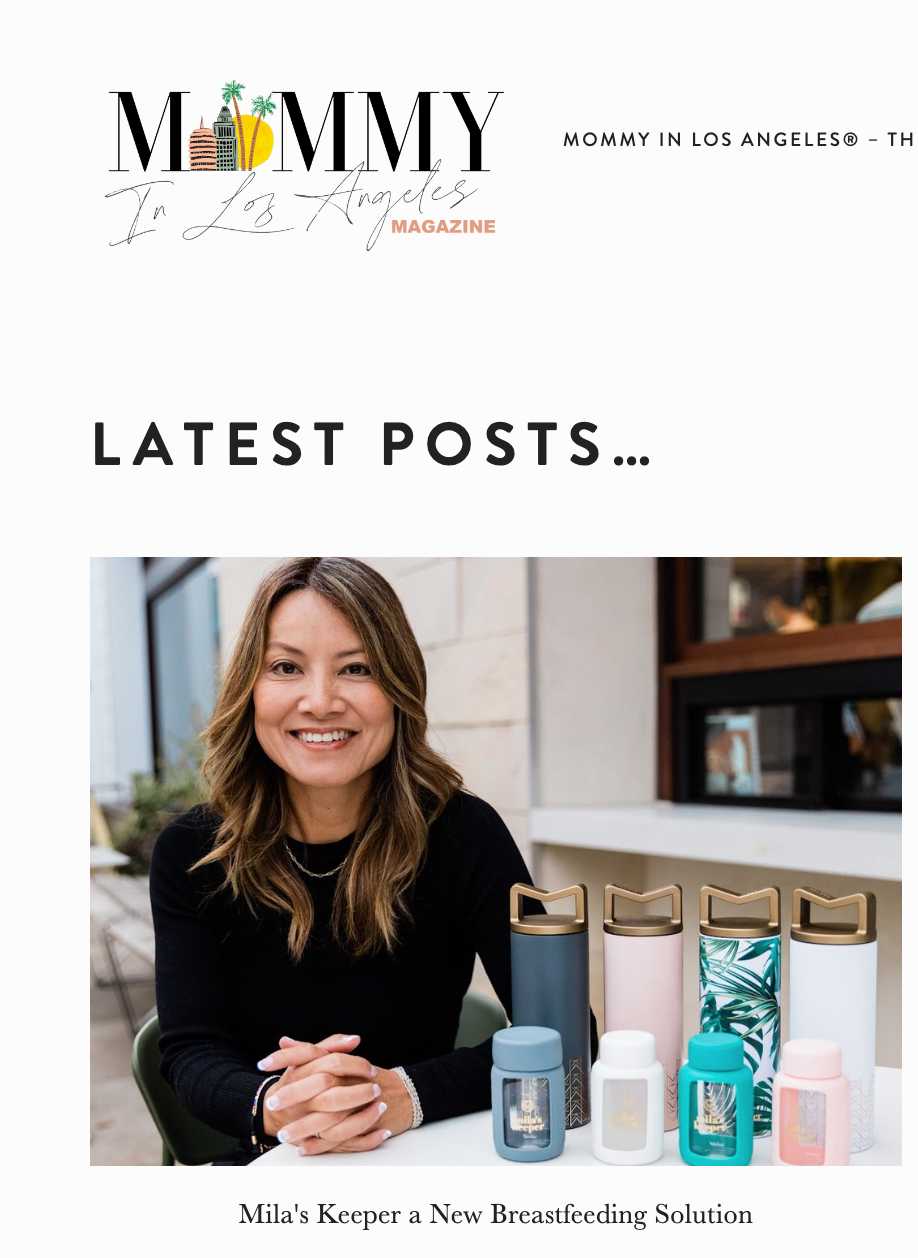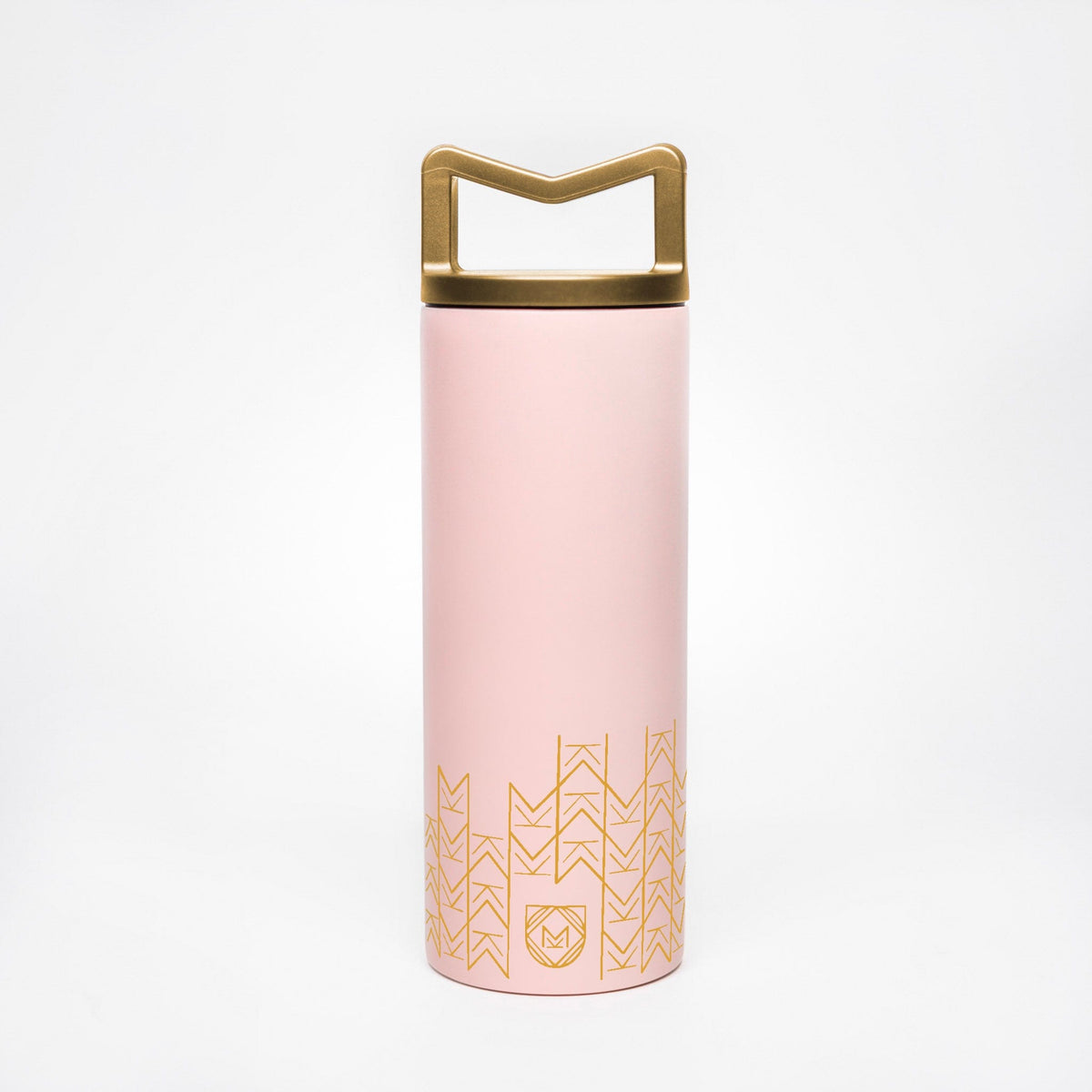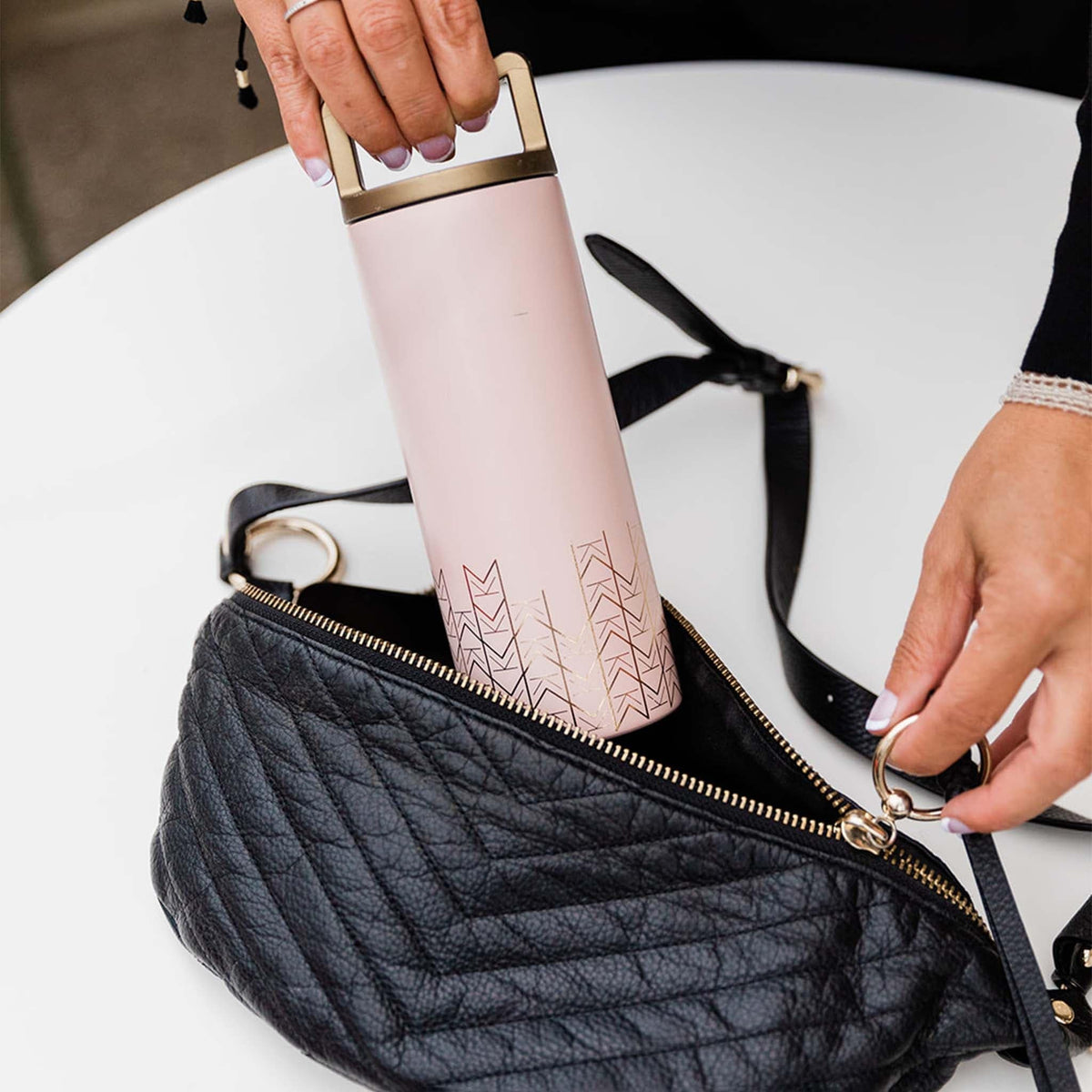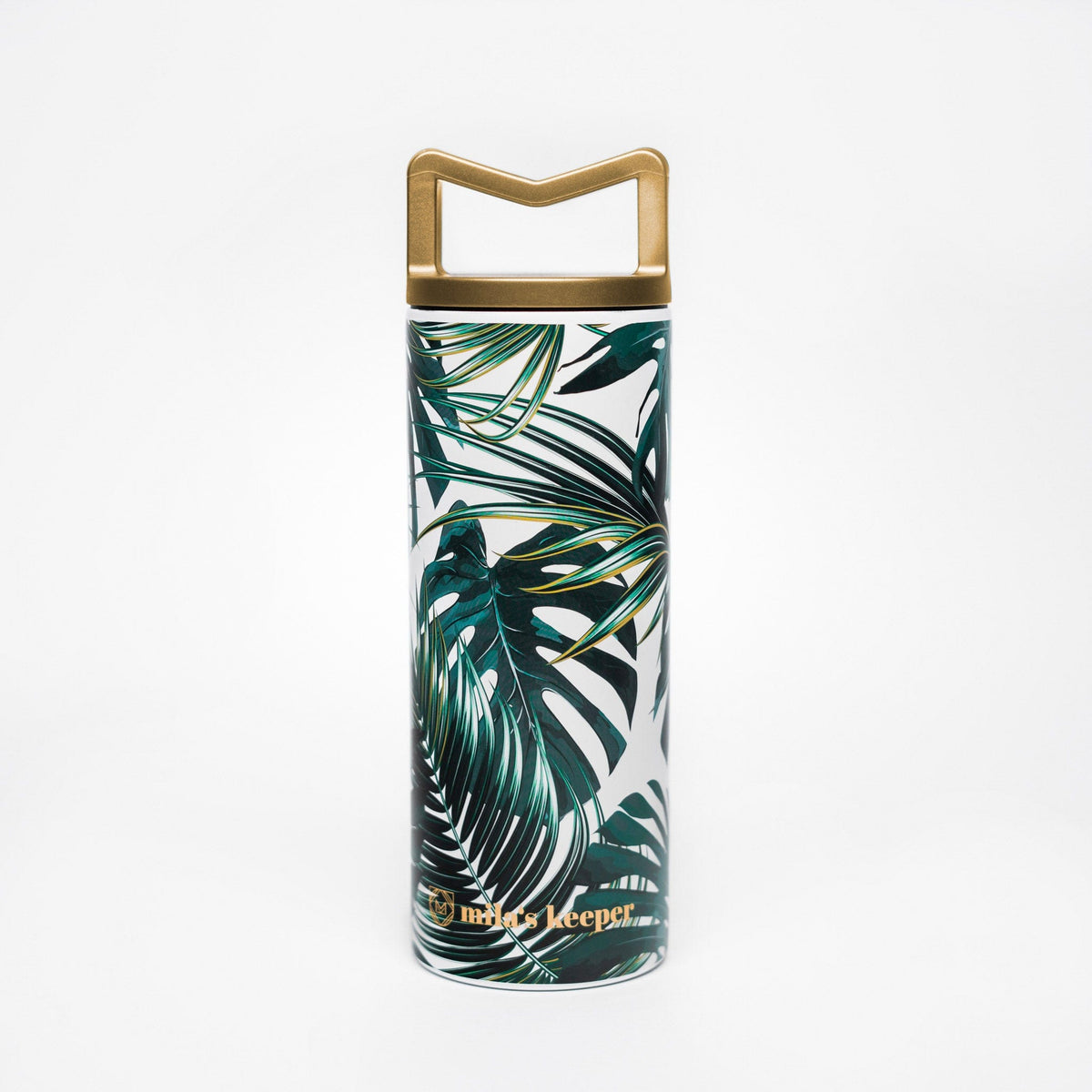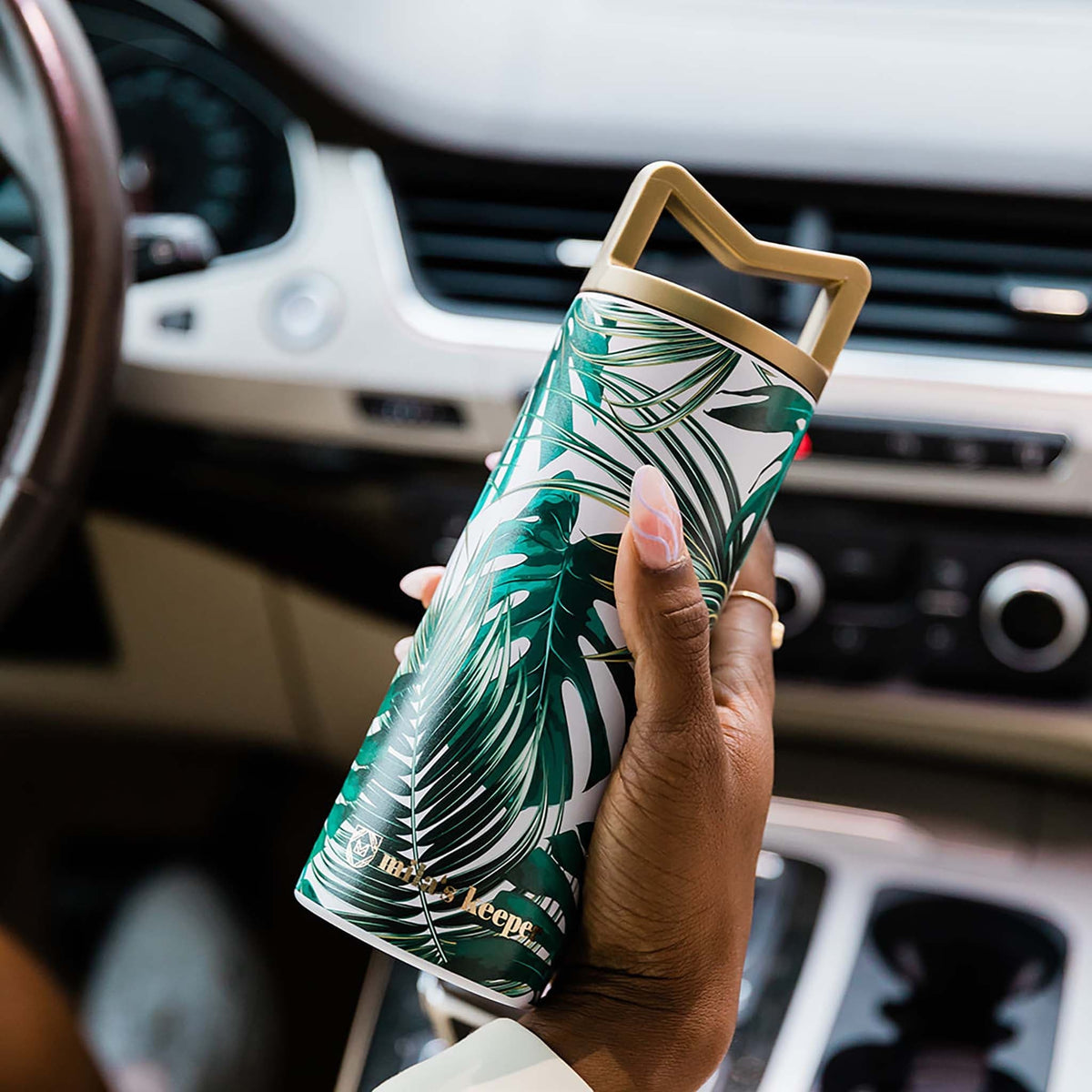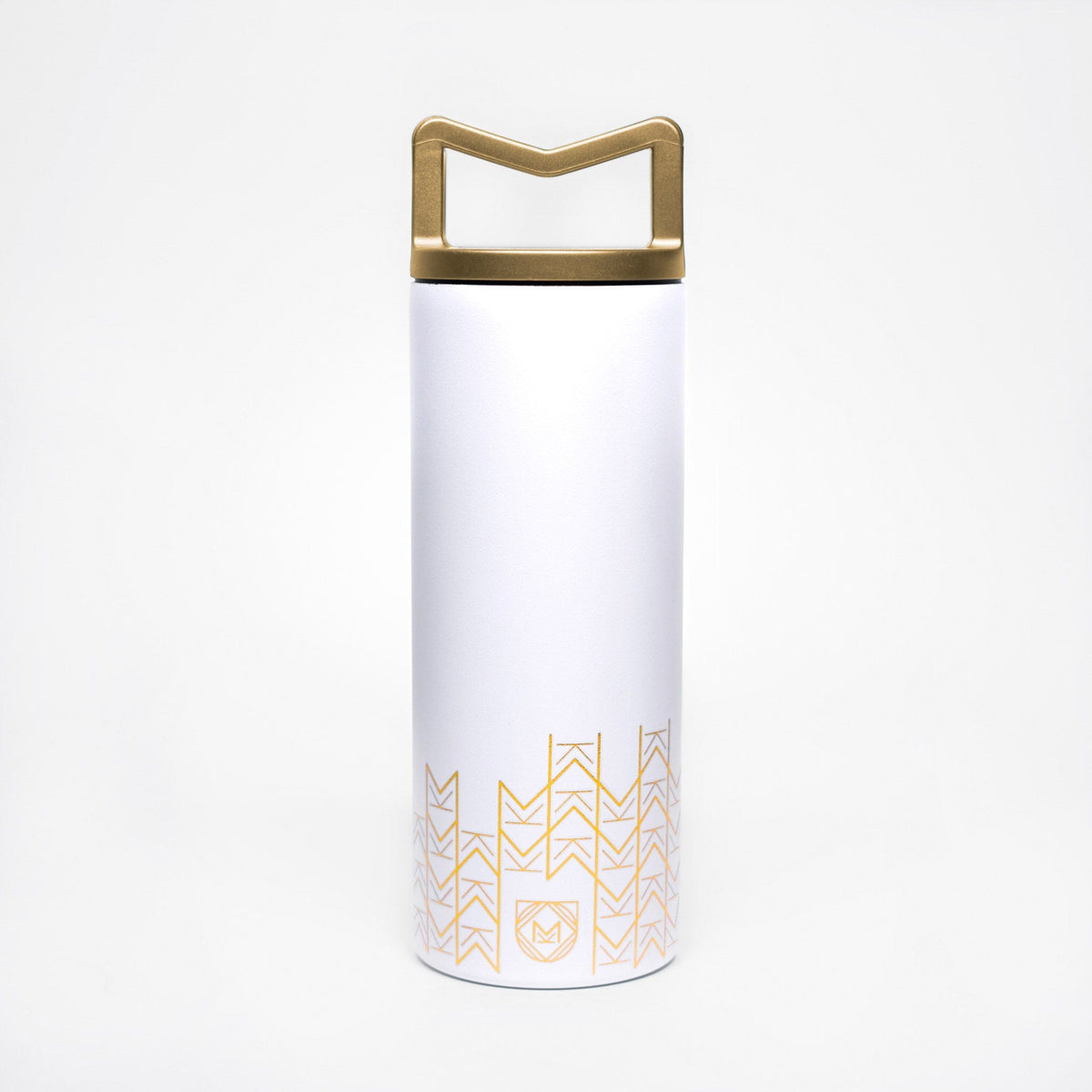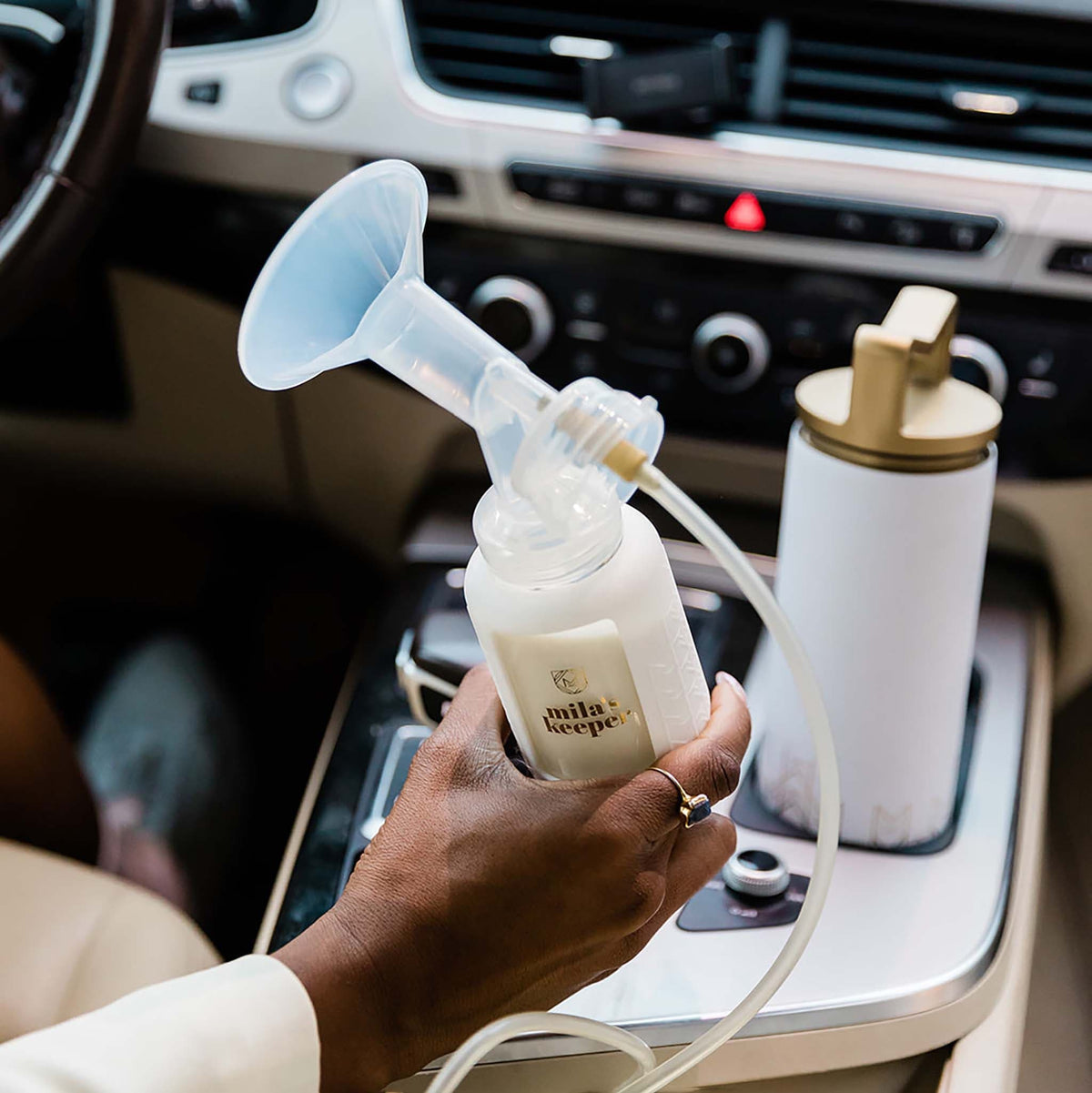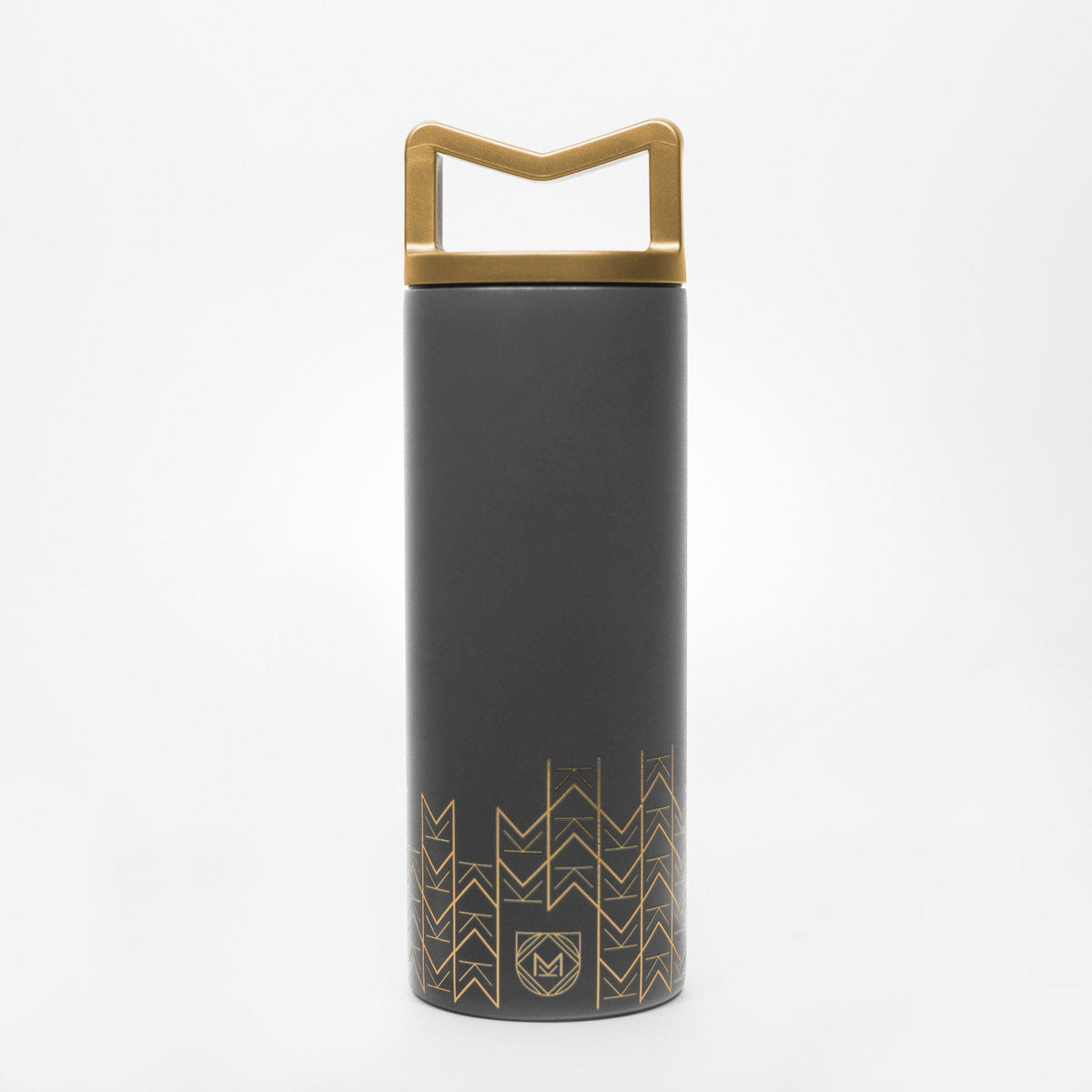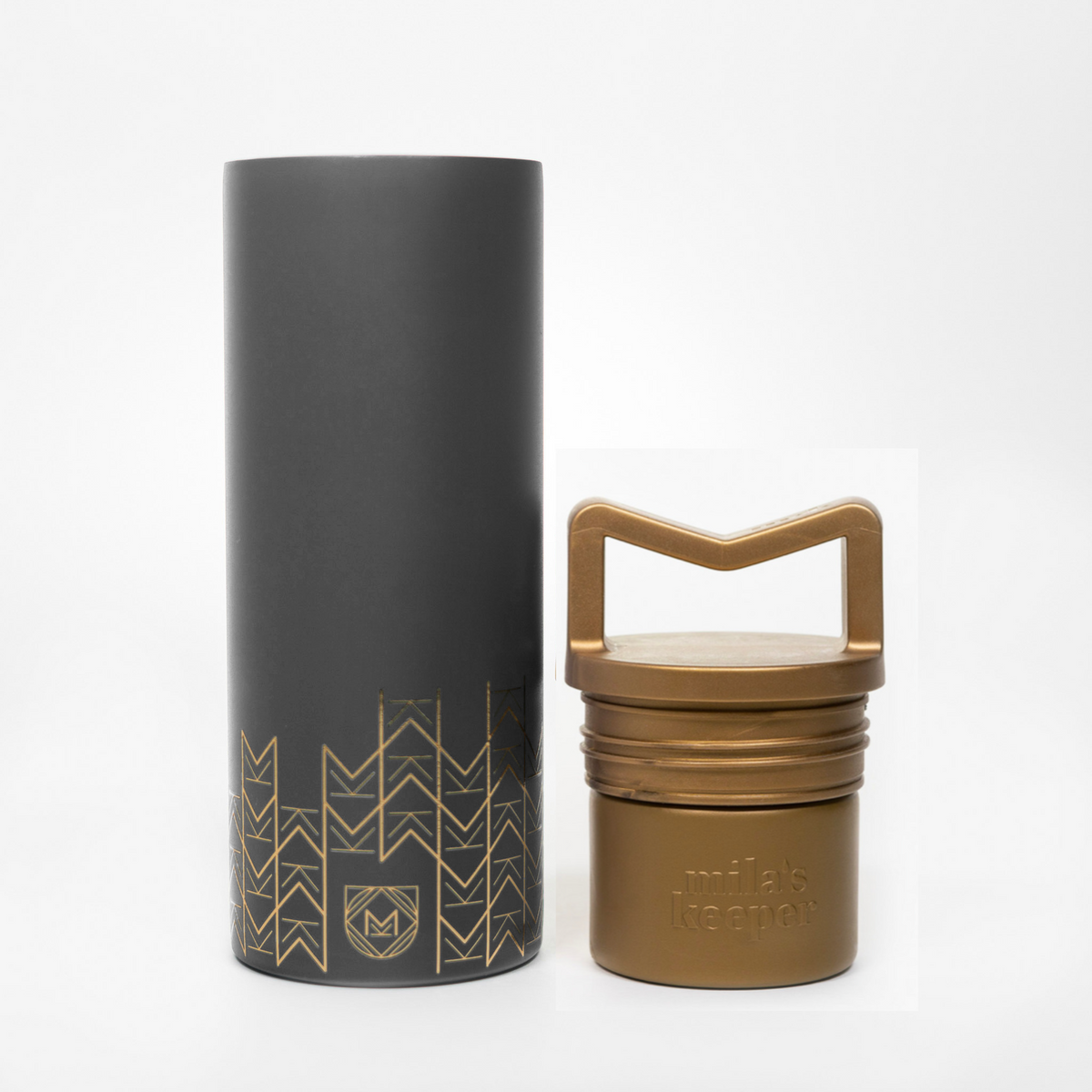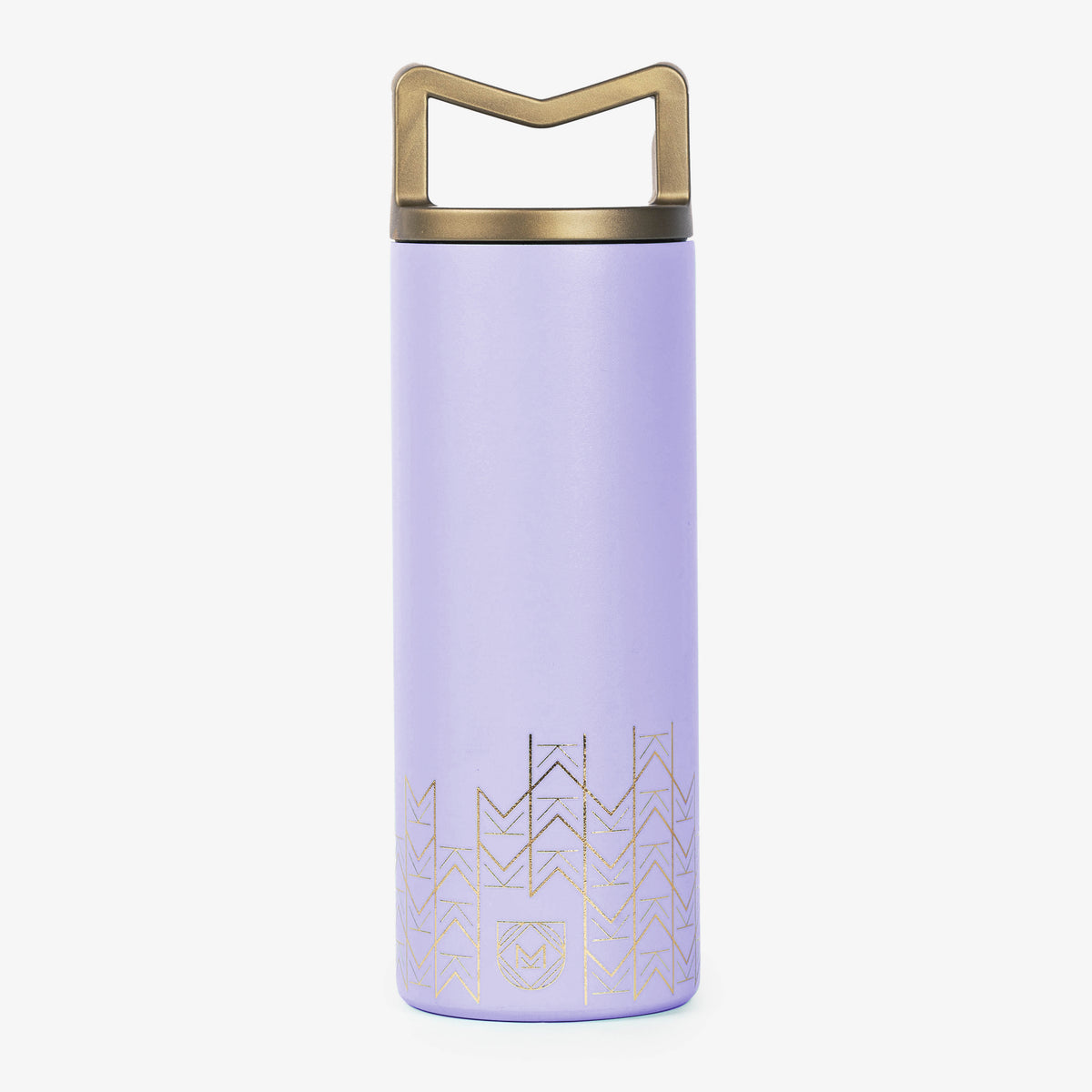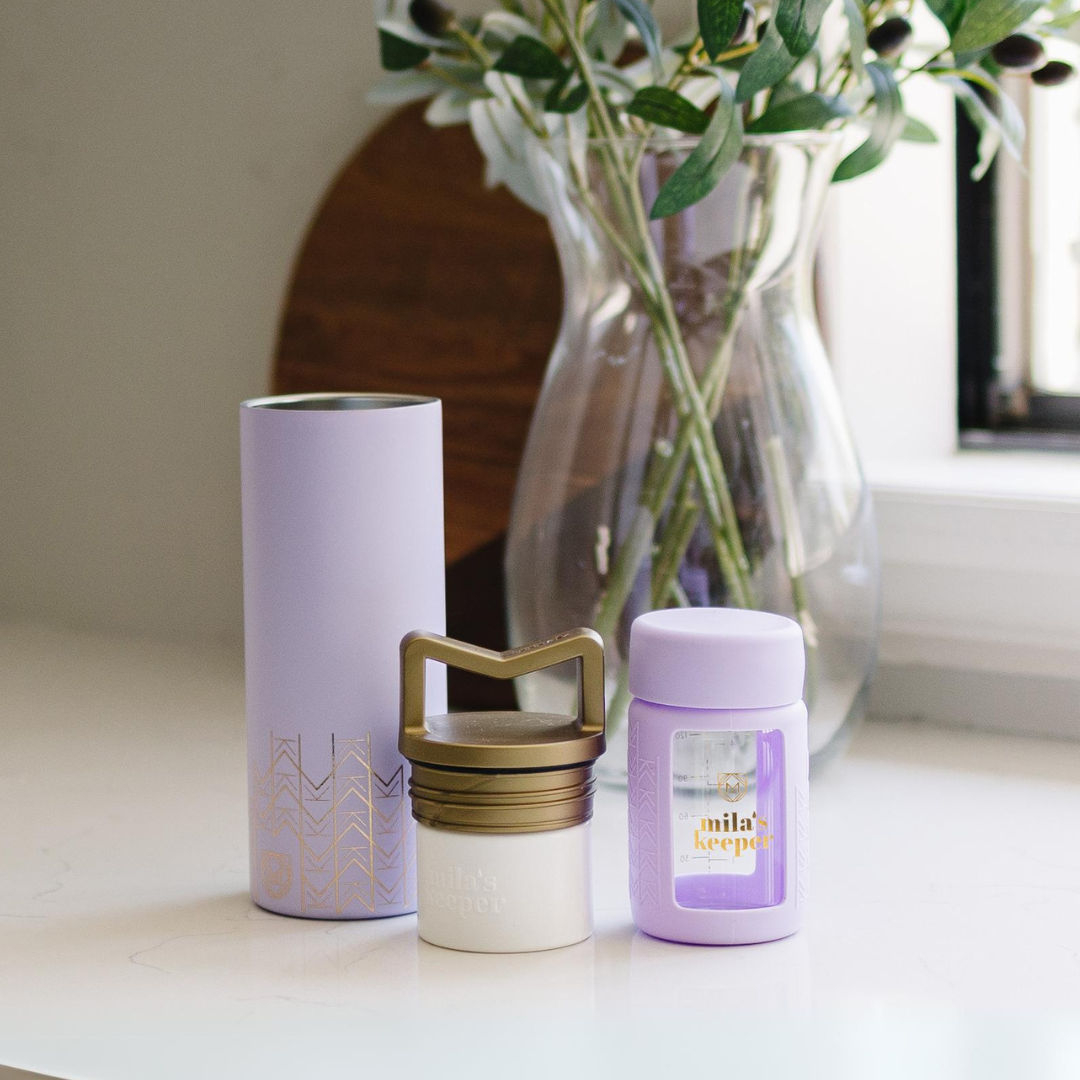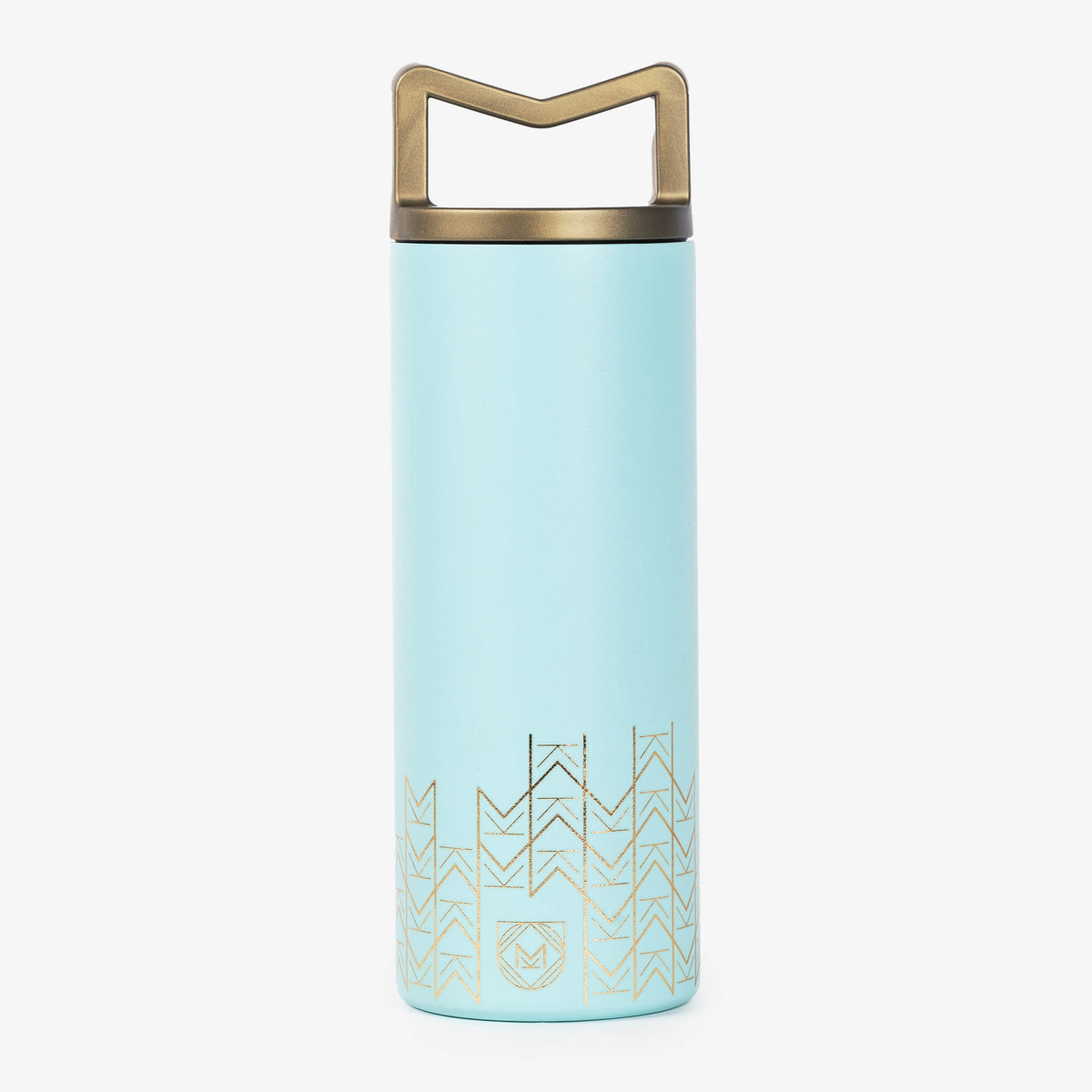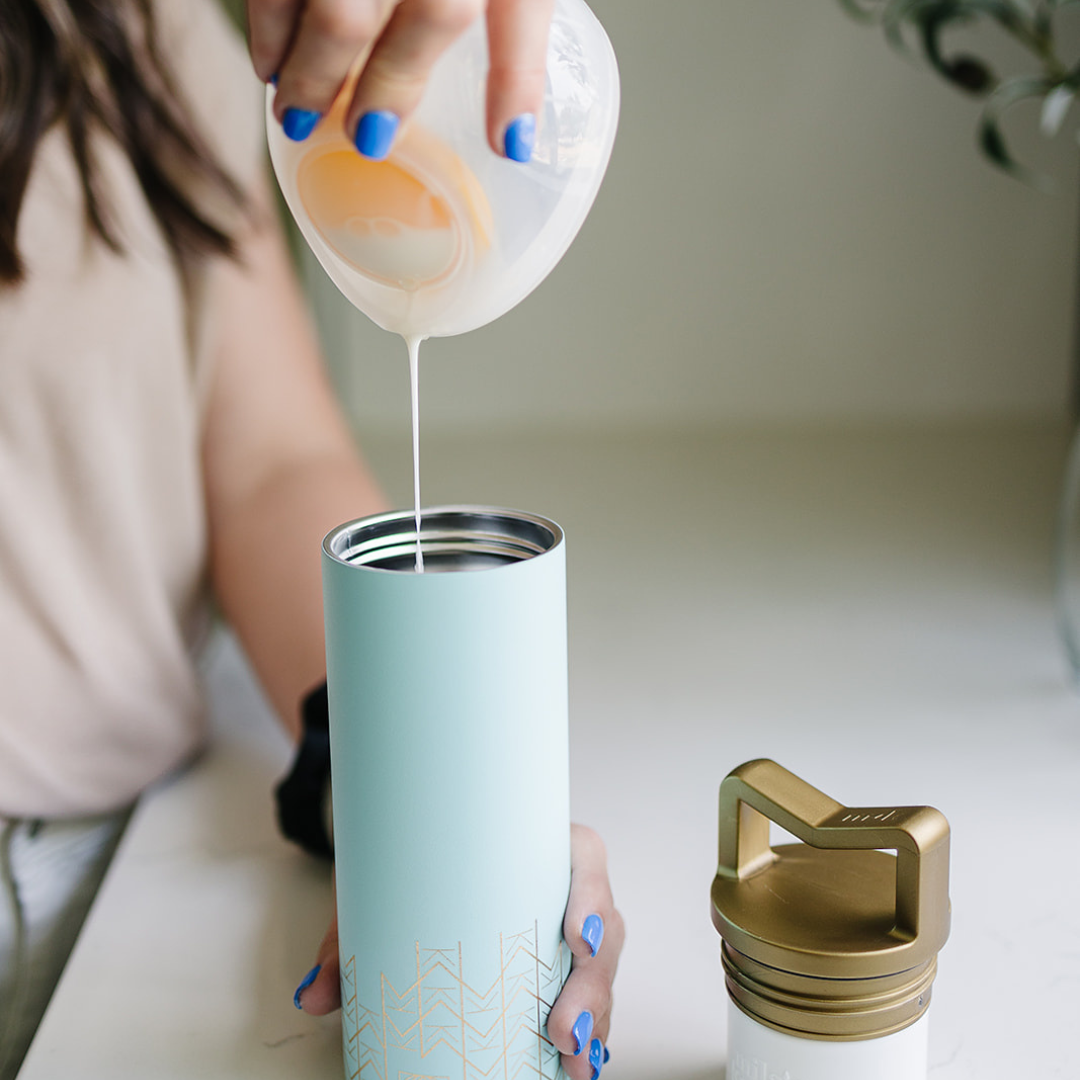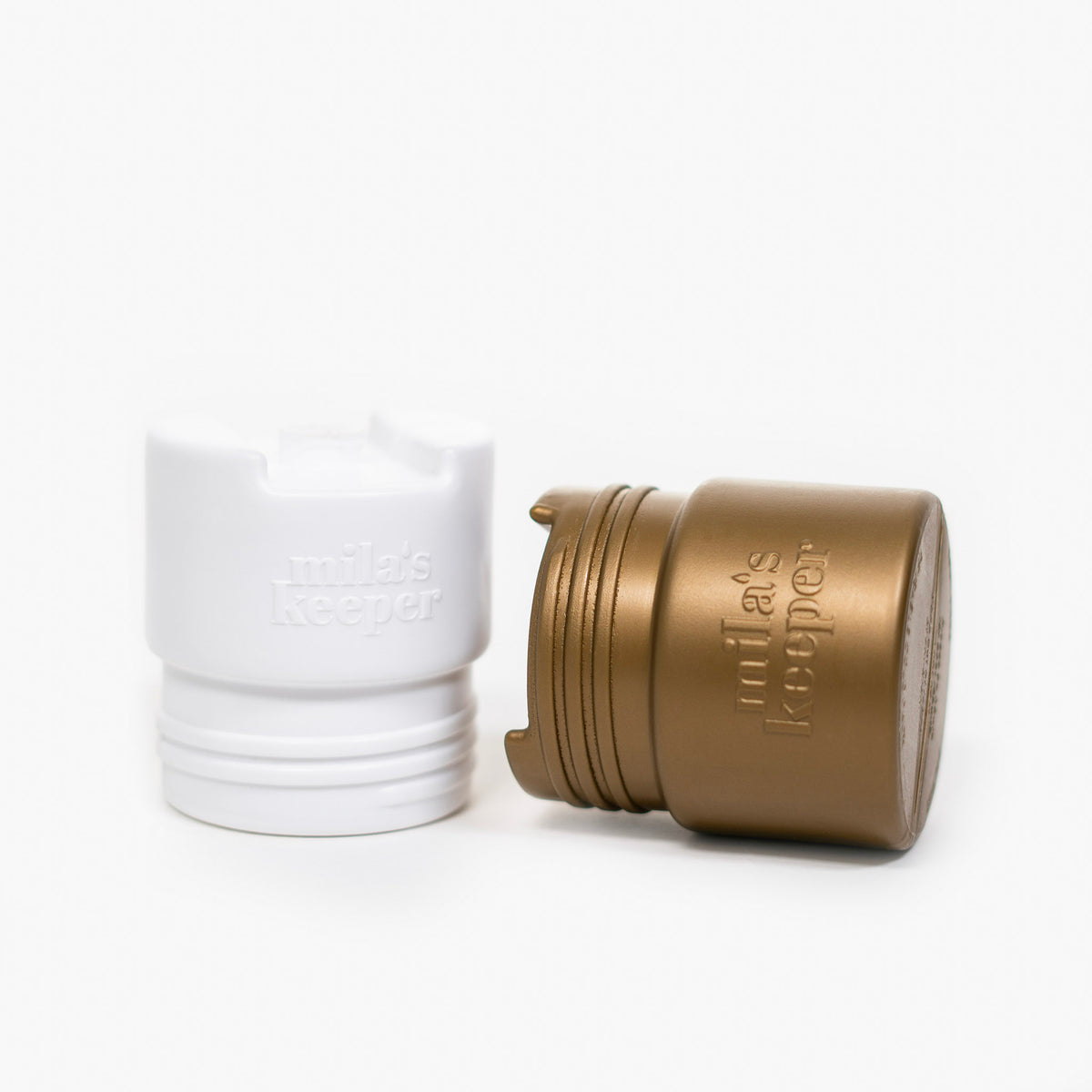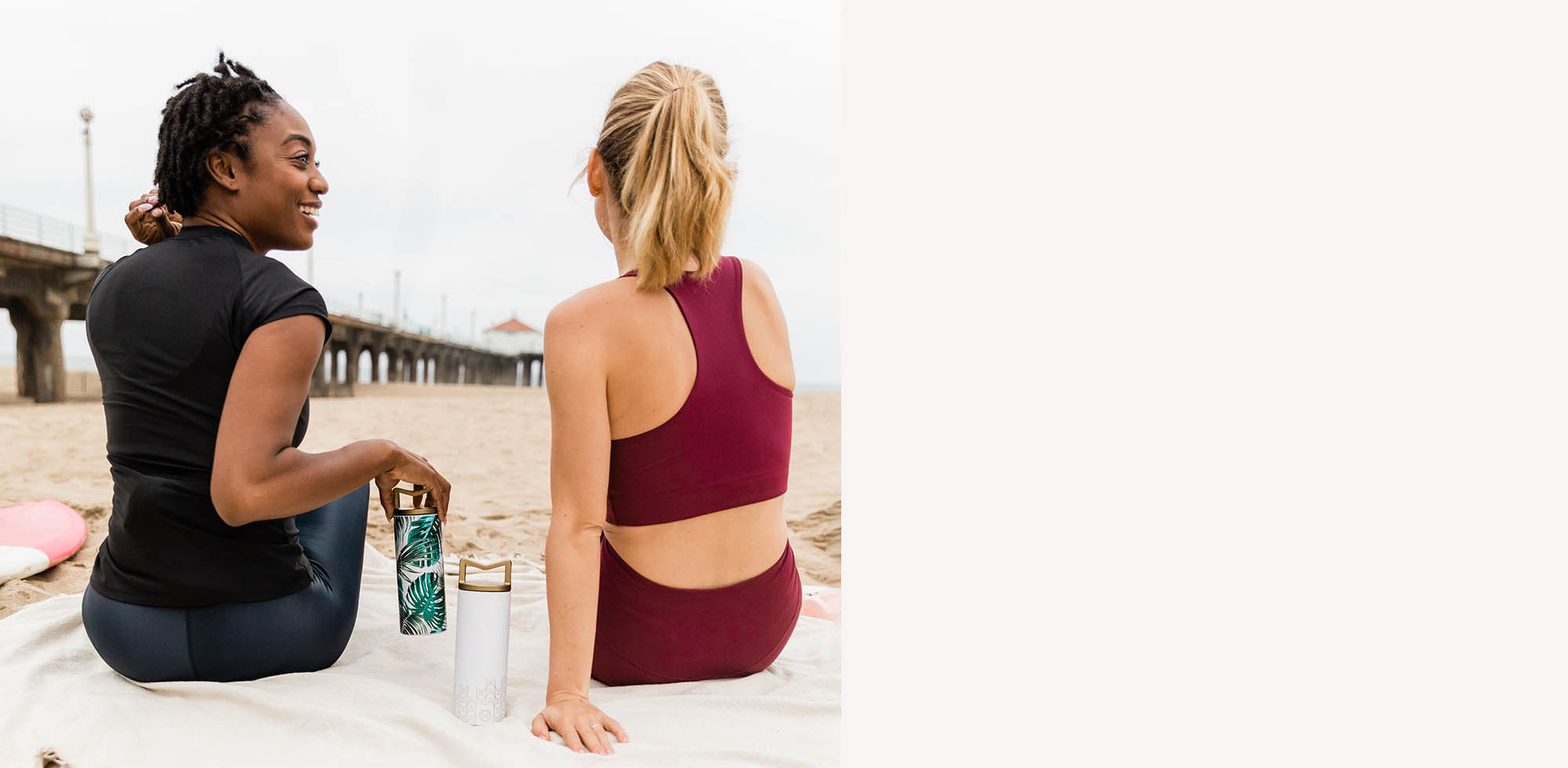It won’t come as a surprise to most women to hear that the US has one of the least generous maternity leave policies among developed nations. In fact, the US ranks dead last among 41 high-income countries in terms of paid parental leave policies.
We’ve seen viral videos of American ex-pat moms living their incredibly chic Nordic lives, regaling us with stories of their zero-cost childbirth and home visits with a midwife, while sipping lattes in the middle of the day during their impressively long maternity leave.
Not only do we hear stories of lengthy maternity leaves, but we hear of their flexibility. In some cases, if you don’t get all of your maternity leave directly after the birth of a child, you’re able to take it up until 3 or even 8 years after their birth! We hear stories of women having the right to take on a reduced work schedule for years after their child’s birth.
Hearing how other nations have structured maternity leave policies can leave some of us Americans a little green with envy. So many other nations have been able to enact policies that encourage and assist new parents, instead of punishing them (or at least it can feel that way).
Are these other nations as generous as we’ve heard about? Or is it that we get so little that anything at all sounds good? How exactly does maternity leave in the US compare to the policies in other countries?

What is our current policy?
Preparing for the birth of a baby is one of the biggest moments in a person’s lifetime. Feelings of elation can quickly change to panic when you start thinking about the logistics of it all. When will you tell your work? How will your superiors react to this news? Will you continue to work? If so, what is the maternity plan at your company?
For some women, when they accept a job position, they may be heavily swayed by the perks, especially the maternity leave policy. For other women, they may accept a job without giving it much thought, they may not be at the place in their life when it’s something they need to take into consideration. So it might come as a surprise to some women when they discover what it is they exactly get, or more likely in the US, what they don’t get.
Just a little over 30 years ago, the Family Medical Leave Act (FMLA) became federal law. FMLA guarantees eligible employees up to 12 weeks of unpaid leave for the birth or adoption of a child, but this only applies to companies with 50 or more employees and to employees who have worked 1,250 hours during the 12 months prior to the start of the leave.
According to a recent analysis from the National Partnership for Women and Families, “About 44% percent of workers are not eligible for F.M.L.A.- supported leave because they work for small employers (15 percent), do not work enough hours or have not worked for their employer for long enough (21 percent), or both (7 percent).”
Since the US doesn’t have a national policy for paid maternity leave, policies are left up to individual states and employers. This means that access to paid maternity leave in the US can vary widely depending on where a woman lives and where she works.
According the National Bureau of Labor Statistics, approximately only 24% of private sector workers have access to any form of paid parental leave. Or to put it bluntly, more than 3/4 of workers do NOT have access to any parental paid leave. If you’re at the lower end of the income scale, you’re less likely to have access to any form of paid maternity leave.
Many Americans feel that it’s well past time we improve our current maternity leave policies so that more women can benefit from having more time to recover from childbirth, to have adequate time to bond with their baby, and without the financial strain and stress that unpaid leave can cause for families.
So let’s take a closer look at the US maternity leave compared to other countries. What are other nations doing, and what maternity leave policies do they have in place?
4 ways other countries are beating us with their maternity leave policies:

1. Length of maternity leave
With the US only offering 12 weeks of unpaid maternity leave to eligible mothers at a national level, it’s not hard to beat us in this category, but how much longer are mamas in other countries getting?
Our neighbors up north in Canada get a parental leave option of a standard or extended period. The Standard is 52 weeks (12 months) and the extended option is 78 weeks (18 months). The time can be shared between parents and taken consecutively or within a certain time frame. If taking the 52 week option, parents will receive 55% of their salary but capped at $650/week. If taking the extended option, they will receive 33% of their salary but capped at $390/week.
What about the maternity leave in Sweden that we’re always hearing such wonderful things about? Single parents in Sweden are entitled to 480 days of leave after the birth or adoption of a child, while two-parent households are entitled to the same, with each parent entitled to 240 days a piece.
Not only does Croatia have stunning beaches, they also offer a pretty decent maternity leave policy. Croatia’s maternity leave policy states that female employees have a mandatory leave that begins 28 days prior to the expected birth and up to 70 days after. Under certain circumstances, it can be used by the father too. There’s an additional maternity leave period that lasts until the baby is 6 months old, during which point the mother can return to work if she chooses and transfers the remaining leave to the father. After the 6 months, employed or self-employed parents are entitled to another 8 to 30 months of parental leave (depending on the number of children), and can be shared between parents or used entirely by one. During the first 12-14 months they’ll receive 100% of their wages, and reduced wages after that point.
Think of having the option to stay with your new baby until they’re a year or a year and a half old, while also not losing all financial stability! With many moms wanting to breastfeed for the first year, your baby could be weaned off breast milk and walking before you head back into the office.
While we’ve got you covered for now with our glass milk storage containers and coolers, making it easy for mamas to pump and store their breast milk while at work, here’s to hoping that one day in the not-so-far future you’ll only need our system to pump while you’re on the go- maybe while you’re on a great hike with your baby, or at the playground.
Not all countries offer such generous maternity leave structures, others offer a shorter period yet they still manage to outdo the US.
Australians are entitled to 12 months of unpaid leave after the birth or adoption of a child, with 60-90 days of paid leave at the minimum wage rate for eligible people.
Vietnam’s maternity leave policy includes language giving pregnant women a day off for prenatal visits, or 2 days off if they live in more rural locations. Women who participate in the social insurance program are also entitled to 6 months of leave, with a lump-sum allowance equaling 2 times their basic salary.
2. Paid maternity leave
Having enough time to bond with your newborn baby without the fear of losing your job and income is beneficial to all parties, but it’s also important to make sure that new mothers continue to have financial stability during this adjustment period. Paid maternity leave provides that security and is included in numerous maternity leave policies around the world, and ranges in scale from very generous to better than nothing. In all cases, still better than we’re doing in the US.
Bulgaria’s maternity package not only includes 58.6 weeks of leave, which can begin 45 days before your due date, but it also pays 90% of a mother’s full salary during leave, so long as the woman has made social security contributions the last 12 out of 18 months.
In Spain, women get 16 weeks of leave with full pay, and 6 of those weeks need to be after the birth of the baby. They are also entitled to an additional 1 year of unpaid leave and their company must keep their position for them. After leave, the women have the right to reduce their work day by one-third to a half until their child is 6 years old (salary will decrease accordingly).
In China, women have a basic maternity leave granted by the State Council, which is 98 days for normal births, 15 days in the case of a miscarriage or abortion if the pregnancy is shorter than 4 months, but 42 days for those circumstances if the pregnancy reaches 4 months. They can be eligible for additional maternity leave depending on the local government, and the maternity allowance they receive is based on their salary and the local social security bureau.

3. Paternity leave
As any new mama can attest to, having a partner at home with you after welcoming a little one is incredibly helpful. Paternity leave policies encourage fathers to take an active role in parenting and caregiving. This helps promote equal parenting responsibilities and can lead to more equal distribution of household and caregiving tasks.
Research has shown that fathers who take paternity leave have positive effects on their child’s cognitive and social development, in part, because fathers who take an active role in caregiving are more likely to be involved in their child’s life and provide emotional support.
More countries are including paternity leave in their national leave plans based on research that shows the importance of both parents having time off work with a new baby.
In Japan, fathers are allowed 12 months of leave, and their laws were recently amended to encourage more fathers to take advantage of this option. Currently around 12.65% of fathers use the leave, but the government would like to see this number closer to 30%, so they have revised the Family Care Leave Law to include language that companies are obligated to discuss parental leave options with their employees individually so that they know what they are entitled to.
Norway’s parental leave policy stipulates that each parent gets 12 months of leave and is “free from your job or studies to look after your child” and they are entitled to a parental benefit or a lump-sum grant in connection to the leave. In addition to the first 12 months, each parent is then entitled to an additional year of leave for each birth, and must be taken directly after the first year.
4. Postpartum recovery and care
Not only is there an emotional toll to giving birth, but a physical one as well. Every woman needs recovery time after birth, along with support. Many hospital policies in the US require women to stay in the hospital for at least 2 days after giving birth, and then they don’t typically visit their doctor until 6 weeks later.
For many women, it doesn’t feel like adequate support between giving birth and the next check-in with her doctor, and whether or not you get additional support within this time largely depends on things like your location and your insurance.
Other countries seem to take into account the support that’s wanted and needed after birth and accommodate that as part of their national health plans.
In the UK, for example, you can schedule checks with a midwife in your home for the first couple of weeks to make sure you and your baby are well and supported.
Other countries offer longer hospital stays, or early releases- depending on how the mother feels. While in the hospital they offer support with breastfeeding.
In China, after delivering a baby, mothers who are experiencing difficulty with nursing can apply for lactation leave. If the employer approves the leave, the woman can receive lactation leave of up to 6 and a half months.

Final thoughts…
There is a pervasive cultural belief in the US that motherhood should be treated as a personal responsibility rather than a social obligation. This can lead to a lack of support for policies that would help new mothers balance work and family responsibilities and can contribute to a culture of guilt and shame around taking time off to care for a new baby.
Things are hopefully shifting toward a better future though. There’s a growing recognition that paid maternity and paternity leave can benefit not only new mothers and their families, but also employers and society as a whole by promoting women’s health and well-being, increasing workforce participation, and improving outcomes for children.
While our maternity leave here in the US isn't perfect, here at Mila’s Keeper we’re looking towards a brighter future and doing what we can to help make things easier for you and your journey through motherhood- it takes a village!
Keep Reading related blog: 6 Tips on Choosing When to Start your Maternity Leave
--
A female-designed and female-run company, Mila's Keeper is on a mission to empower women to thrive during their breastfeeding journey by offering reusable, eco-friendly breast milk storage solutions for their day-to-day needs. Get the latest tips and info on Mila's Keeper products by following us on Facebook, Twitter, Instagram, Pinterest, and LinkedIn.

